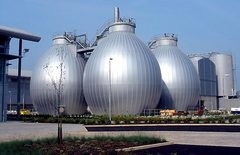
I was curious about this article since many digesters receiving high FOG loadings experience problems with fatty acid buildup and lower than expected methane production.

In this study, Cirne evalued the impact of various lipid loadings (5 - 47% of total COD). Also evaluated was the impact of adding free lipase the digester. The authors found that lipid loadings from 5 - 18% had no impact on methane production. However higher grease loadings from 31- 47% exhibited inhibition that increased with higher lipid loadings. In all cases, the microbes eventually converted all the fatty acids to methane, but the lag associated with the process is what causes problems with digesters run in continuous flow operation.
Adding free lipase to the digester increased the amount of inhibition. This counter-intuitive finding reveals that the methanogen inhibition is caused by a long chain fatty acid buildup from the initial grease splitting. The addition of lipase immediately splits the fats into glycerol and 3 long chain fatty acids which exacerbates the already increased VFA production from the indigenous break down of grease.
For operations, the study shows that a digester can handle high grease loadings if the residence time is long enough. In practice, most digesters do not have this level of retention time so grease loadings should be limited to below 18%.
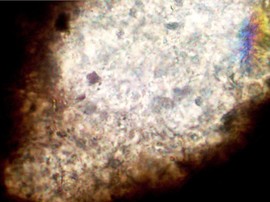

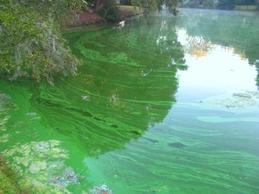
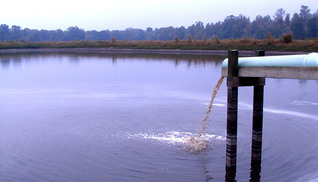
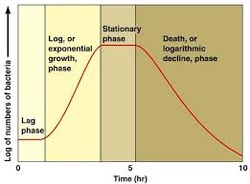
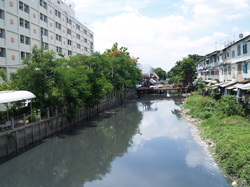

 RSS Feed
RSS Feed